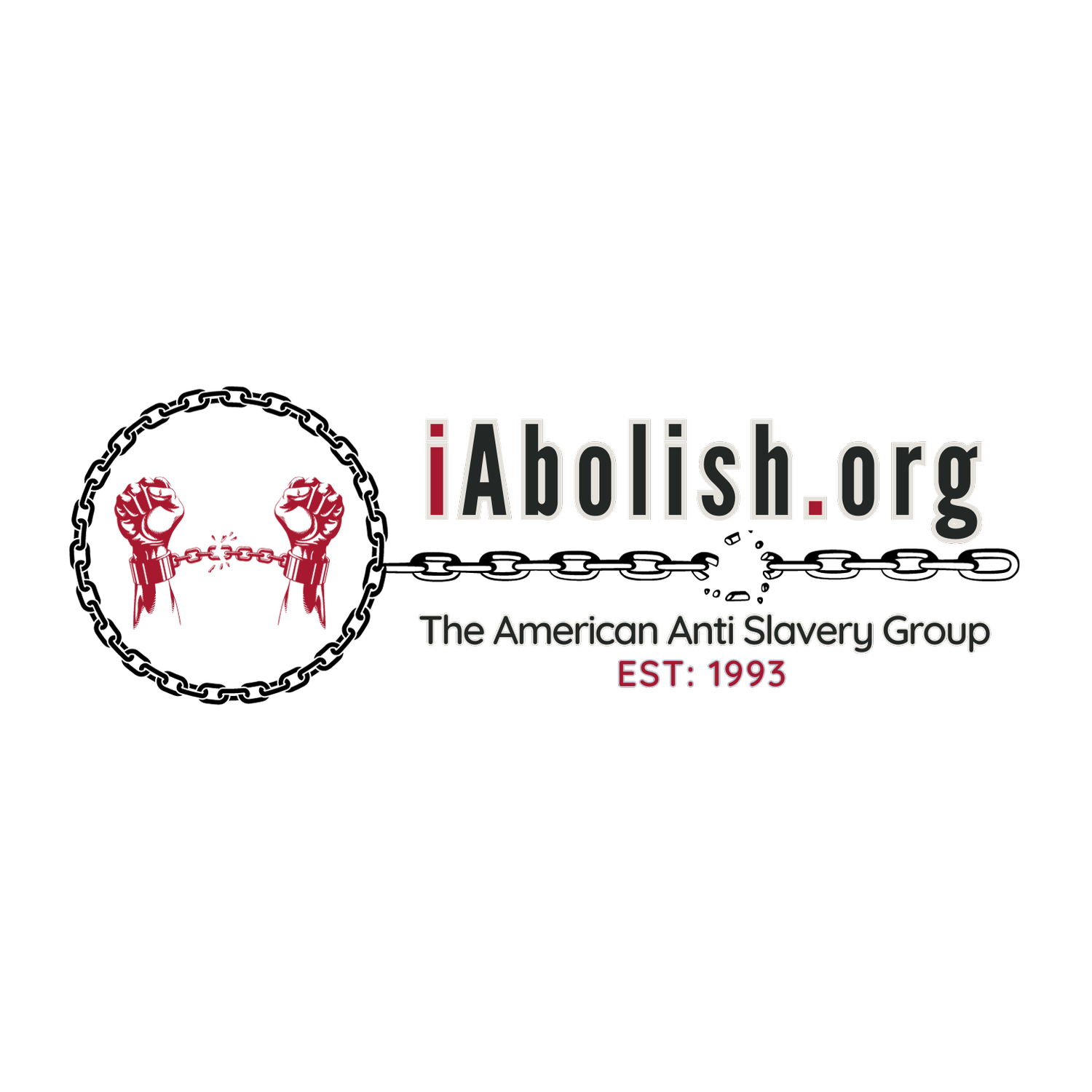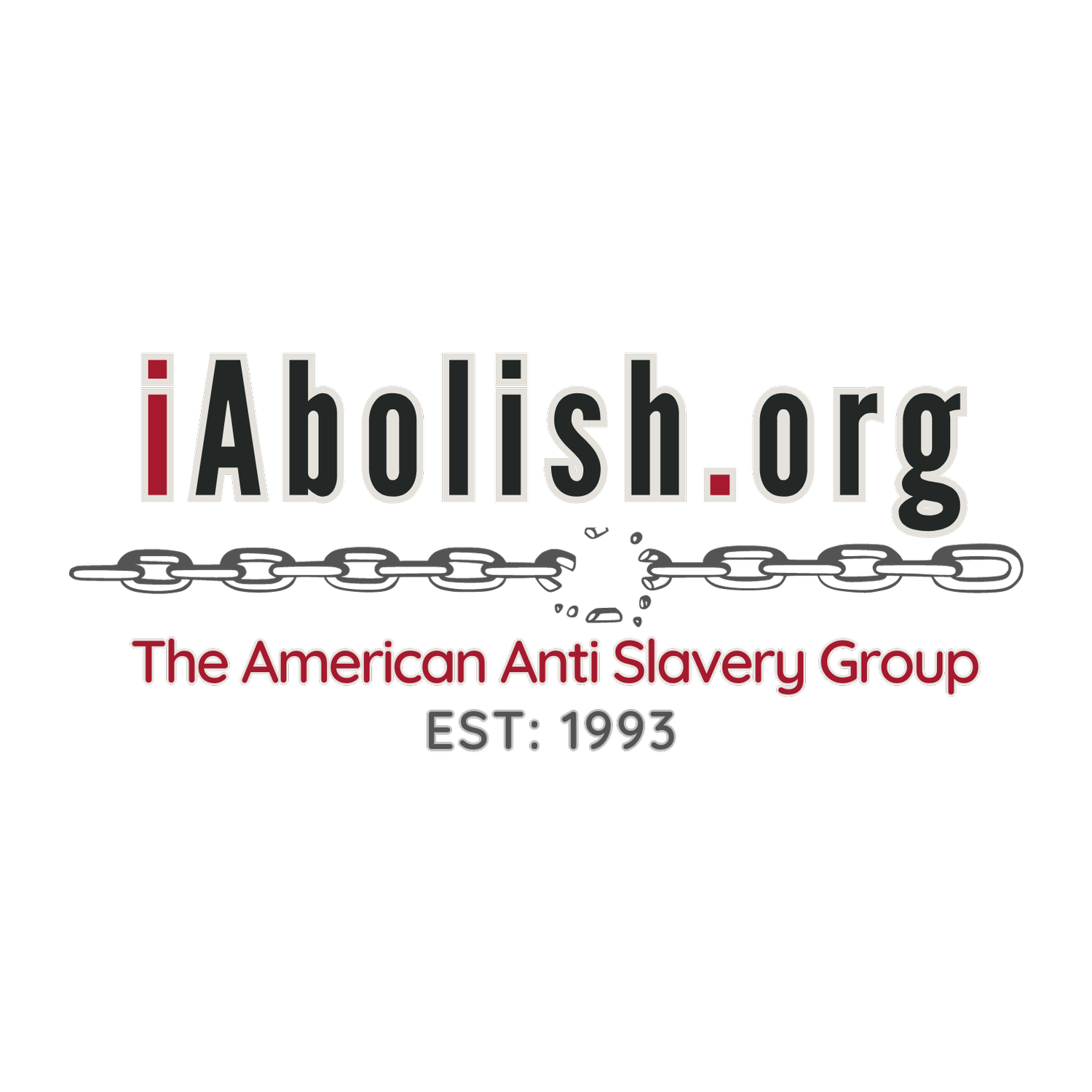Slavery then and now
African migrants at a detention center in Libya — c. 2017. (BBC News)
Originally published in The Boston Globe
August 26, 2019
Jeff Jacoby
On Saturday, Virginia commemorated the 400th anniversary of the arrival of the first enslaved Africans in what would later become the United States. In 1619, an English privateer, the White Lion, came ashore near the English settlement of Jamestown, carrying what colonial secretary John Rolfe recorded as “some 20 and odd Negroes.” The ship’s captain exchanged the Africans for food, establishing the first toehold of black slavery on the North American mainland.
Over the next two centuries, some 400,000 African slaves would be imported into America. By 1860, the population of enslaved people in the United States would reach 4 million, and it would take the bloodiest war in American history, between Union abolitionists and Confederate rebels, to destroy the “slave power” of the Southern states. In 1865, the 13th Amendment to the Constitution finally abolished African slavery in the nation “conceived in liberty, and dedicated to the proposition that all men are created equal.”
The quadricentennial of that landing in 1619 is getting a tremendous amount of attention. There have been deep dives into the history, descriptions of cultural and archaeological context, and remembrance ceremonies nationwide. There has also been, sadly but not surprisingly, a considerable amount of racial and political agitprop.
What there has been far too little of, however, is awareness that slavery exists today.
“Slavery did not end with abolition in the 19th century,” observes Anti-Slavery International, which was founded in 1839 as the British and Foreign Anti-Slavery Society, and is the world’s oldest abolitionist organization. Around the world today, tens of millions of men, women, and children are enslaved in different ways. About 25 million are trapped in forced labor, which is defined as “any work or service which people are forced to do against their will, under threat of punishment.” At least 8 million more people, especially in South Asia, are locked into debt bondage — a system of indentured servitude, in which they slave for little or no pay in order to reduce a debt.
“Often entire families have to work to pay off the debt taken by one of its members,” the anti-slavery society explains. “Sometimes, the debt can be passed down the generations and children can be held in debt bondage because of a loan their parents had taken decades ago.”
In a short film, Anti-Slavery International documents the awful, aching reality of brickmaking bonded laborers in India. Work in the kilns typically begins at midnight or 1 am, and entire families labor together for as much as 14 hours daily. Children account for about one fifth of the bonded-labor workforce. Most never get to attend school; many suffer ill health. “One of my sons is 14 years old, another is 9, and a third is 7,” one young mother says. “The children have to work at any cost — what would they eat if they didn’t work?”
Chattel slavery hasn’t vanished from the world either. Across much of Africa, babies to this day are born into bondage and grow up as property owned by slaveholding families.
People born into descent-based slavery face a lifetime of exploitation and are treated as property by their so-called “masters.” They work without pay, herding animals, working in the fields or in their masters’ homes. They can be inherited, sold or given away as gifts or wedding presents. Women and girls typically face sexual abuse and rape, and often have to bear their masters’ children. In turn, their children will also be owned by their masters.
According to the Boston-based American Anti-Slavery Group, the only black chattel slaves in the world now are found in Muslim north and central Africa. More than 500,000 African slaves (by some estimates, more than 850,000) “are still bought, owned, sold, and traded by Arab and black Muslim masters in five African countries” — Algeria, Libya, Mauritania, Nigeria, and Sudan.
In 2017, CNN documented the ongoing operation of slave auctions near Libya’s capital city. This is how its story, “People for Sale,” began:
Tripoli, Libya — “Eight hundred,” says the auctioneer. “900 . . . 1,000 . . . 1,100 . . . Sold.” For 1,200 Libyan dinars — the equivalent of $800.
Not a used car, a piece of land, or an item of furniture. Not “merchandise” at all, but two human beings.
One of the unidentified men being sold in the grainy cell phone video obtained by CNN is Nigerian. He appears to be in his twenties and is wearing a pale shirt and sweatpants. He has been offered up for sale as one of a group of “big strong boys for farm work,” according to the auctioneer, who remains off camera. . . .
After seeing footage of this slave auction, CNN worked to verify its authenticity and traveled to Libya to investigate further. Carrying concealed cameras into a property outside the capital of Tripoli last month, we witness a dozen people go “under the hammer” in the space of six or seven minutes.
“Does anybody need a digger? This is a digger, a big strong man, he’ll dig,” the salesman, dressed in camouflage gear, says. “What am I bid, what am I bid?”
Buyers raise their hands as the price rises — “500, 550, 600, 650.” Within minutes it is all over and the men, utterly resigned to their fate, are being handed over to their new masters.
After the auction, we met two of the men who had been sold. They were so traumatized by what they’d been through that they could not speak. . . .
This isn’t some grim depiction out of 17th-century Virginia or the Caribbean. It is real life in the 21st century, when slavery is formally illegal everywhere and individual autonomy and humane working conditions are mandated under international law. Certainly it is right and proper that what happened in Jamestown 400 years ago be memorialized, but isn’t it even more urgent that free people everywhere know what is happening to living, breathing, suffering slaves today?
As horrific as slave auctions in Libya are, the ghastly conditions of slavery in North Korea are even worse.
One-tenth of North Korea’s population is held in absolute bondage, the highest percentage of enslaved people of any nation on earth. More than 2.6 million people live under slavery in East Asia’s notorious hermit kingdom, according to the 2018 Global Slavery Index , and the vast majority of them are forced to work by the government. The sheer evil brutality of North Korea’s slave-labor complexes is monstrous. They are hellholes where starving children are beaten to death for snatching a few kernels of corn, where three generations of families are enslaved together, and where relatives of escapees are tortured unspeakably.
Slavery in the 21st century also takes the forms of human trafficking, forced marriage, and domestic servitude. All told, more than 40 million victims are believed to be enslaved in the modern world. By all means, take the time to learn more about how slavery began in America four centuries ago. It was a terrible chapter in our history, and in some ways its effects are with us yet. But don’t get so caught up in studying slavery that no longer exists that you have no time to notice slavery that is still all too real. The scourge of slavery has yet to be wiped out. Human beings are shackled in the house of bondage yet, still groaning in their slavery and crying for help.


